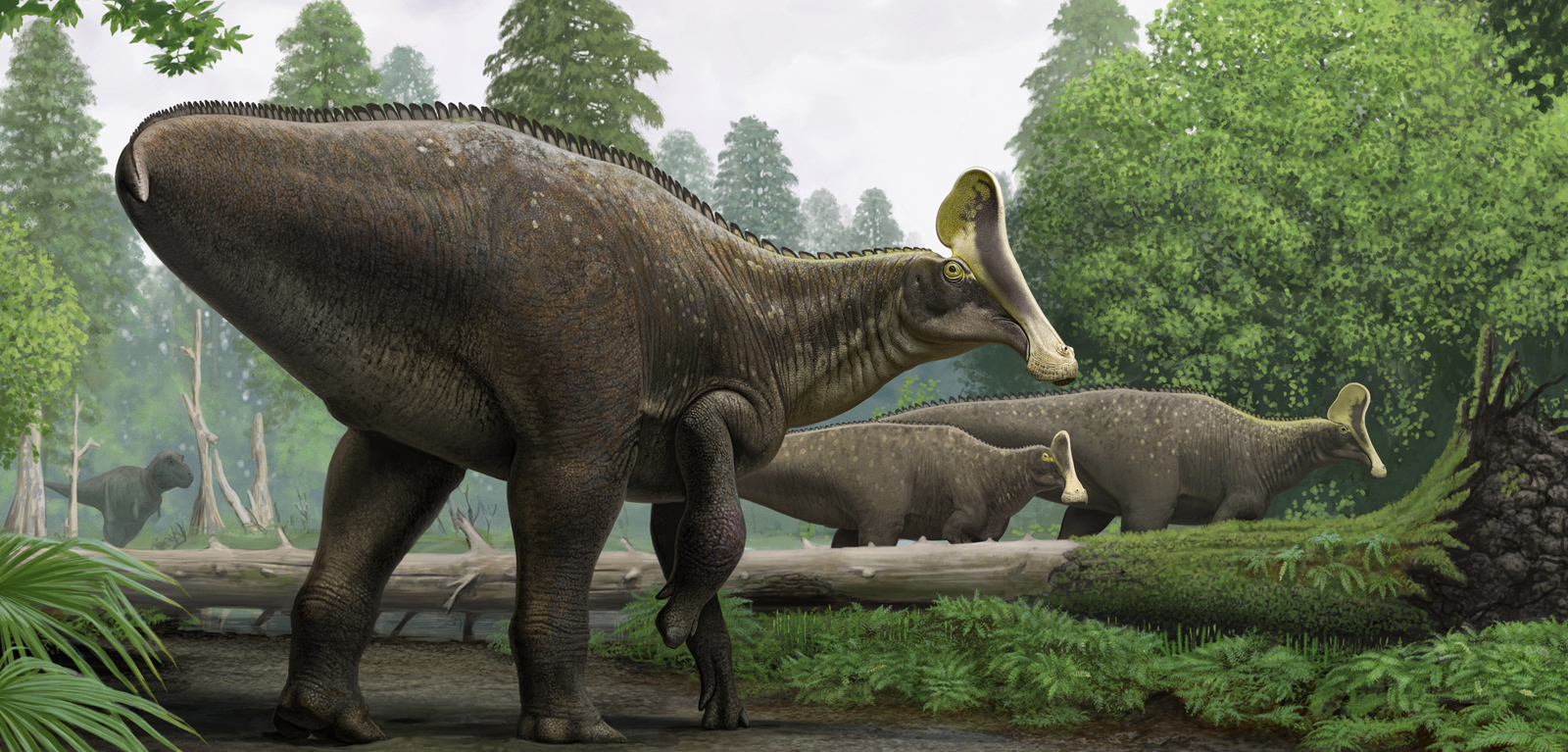Researchers discover bone of 68-million-year-old majestic dinosaur with broken wrist
Researchers from Queen’s University Belfast have discovered the bone of a 68-million-year-old Russian dinosaur that had broken its wrist, most likely from running or jumping over rough terrain in search of food or water.

The team of experts, led by palaeontologist Dr Filippo Bertozzo, have been analysing a single bone which they found in the local quarry of the city of Blagoveshchensk in Far Eastern Russia. While investigating the cause of the swelling, they uncovered some impressive results.
Dr Bertozzo explains: “After detailed examination of the broken bone, we have discovered that it was from the wrist of a dinosaur known as a hadrosaur Amurosaurus riabinini and that the accident most likely happened when the four-footed animal was running or jumping, possibly whilst roaming the land in search of food water.
“Against all the odds the dinosaur survived the accident as we can see that the bone was actually beginning to heal - this suggests that it didn’t die immediately. However, it is likely that the injury led the animal to limp on three limbs, affecting its chances of escaping from predators.”
Dr Bertozzo, who carried out the research during his PhD in Queen’s is now based at the Royal Belgian Institute of Natural Science in Brussels. The full research findings have been published in Historical Biology.
Dr Alastair Ruffell, from the School of Natural and Built Environment at Queen’s, was Dr Bertozzo’s supervisor. He comments: “For many, to hear about disease and injury in dinosaurs sounds strange – for us, we kind of expect it. But for Filippo to work on this specimen from Russia in such detail, and find out so much from its injury, is pretty exceptional.”
Professor Eileen Murphy, Deputy Head of the School of Natural and Built Environment at Queen’s, also supervised Dr Bertozzo. She says: “The study of ancient diseases and injuries, whether in past animals or humans, can provide a huge amount of information about the lives of past individuals.
“This study has enabled us to learn more about the experience of an injured animal in the period leading up to its death; it serves to remind us that even majestic dinosaurs could have accidents.”
Media
For media inquiries, please contact emma.gallagher@qub.ac.uk